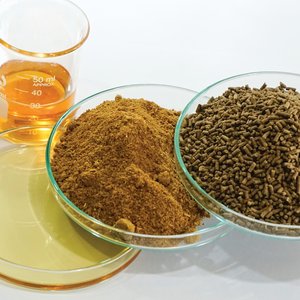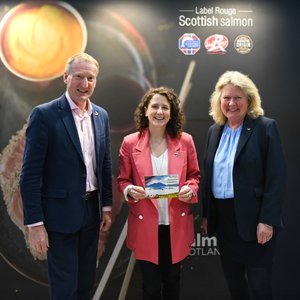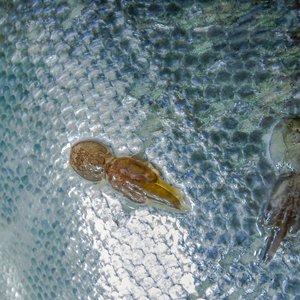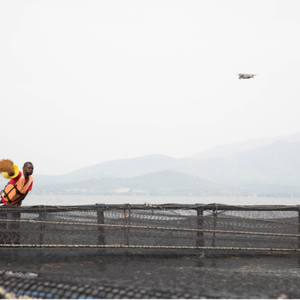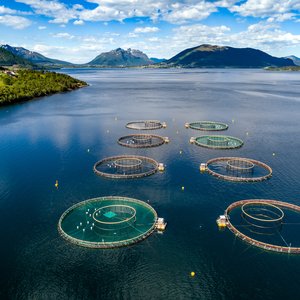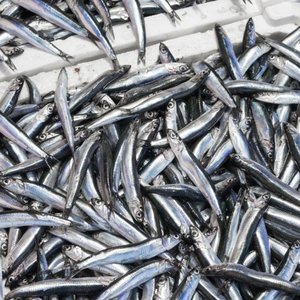A recent study aiming to assess and compare the efficacy of commercial and indigenous sources of Bacillus subtilis and Bacillus lichenformis in shrimp diets found that commercial probiotics may offer a higher resistance to environmental stressors.
The study assessed the efficacy of the bacteria as probiotic dietary supplementation on the growth performance, immuno-physiological variables and resistance response to some stressors in white leg shrimp (Litopenaeus vannamei).
During the trial, shrimp were fed four different diets, including a diet with both commercial and indigenous probiotics (CIP), diets with only commercial (CP) or indigenous (IP) probiotics, and a control without probiotic.
Researchers measured growth and feeding parameters including final weight, growth rate, and FCR, and found that all diets containing probiotics significantly influenced each factor. Better growth performance and survival were observed in the CP group when compared with other treatments.
“Glucose and cortisol values in all treated shrimps were lower than control one but was only significantly different for CP group (P < .05). Values of albumin, total protein, and lysozyme in CP group was mostly insignificantly higher than other two treated groups, except for lysozyme value that was significantly different (P < .05). In addition, total haemocyte count (THC), large granular cells (LGC), semi-granular cells (SGC) and hyaline cells (HC) significantly increased in CP group compared to other treatments and control but were only significantly different with control one. However, the values of alanine aminotransferase (ALT), aspartate aminotransferase (AST) and alkaline phosphatase (ALP) were significantly lower in all treatment groups compared with control shrimps, except for ALP.”
The results found that shrimp fed with diets containing probiotics showed a higher resistance to environmental stressors, and that resistance was highest in shrimp fed the diet containing commercial probiotics. Furthermore, “the load of Bacillus bacteria in gut of CP treatment was significantly higher than other two groups and control, and that of CIP group was also significantly higher than IP group (P < .05).”
These results demonstrate that there “are some differences in efficacy and potency between the commercial and indigenous probiotic sources in growth and health condition of L. vannamei, and thus requires further attention and research works.”
Excerpts taken from the study abstract, published in the Journal of Aquaculture.


